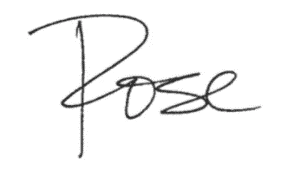The world seems to be opening back up today and we are all trying to figure out what we’re comfortable with. We’re figuring out where, how, and when to emerge from being “locked down” with a feeling of security and safety – in this sense, a physical safety.
What has become increasingly acute to me, however, is the concept of psychological safety. In a fractured world with hair-trigger reactivity, how do we allow people to feel that they can say/do/be their truths without feeling attacked, embarrassed or insecure in any way?
For corporations this is a big issue, getting their employees to work at peak performance requires them to create an environment where it is easy for employees to bring the full breadth of their perspectives and ideas without feeling at risk. A study conducted by Google found that psychological safety was the most important contributor to high performing teams, along with dependability, clarity, meaning, and impact.
And I think this is true for all of us – humans in a fractious world socially, politically, and economically, but also as parents and family members trying to raise and grow grounded children.
At its core, psychological safety is “a condition in which human beings feel (1) included, (2) safe to learn, (3) safe to contribute, and (4) safe to challenge the status quo — all without fear of being embarrassed, marginalized, or punished in some way.”[1]
Don’t we all want this for ourselves?
What are you doing to create psychological safety for yourself and those around you?
If you would like to read more about this, check out my article 3 Ways Leaders Can Boost Psychological Safety and Enhance Team Performance in this month’s issue of Training Industry Magazine.
All the best,
[1] From “The 4 Stages of Psychological Safety,” by Timothy R. Clark

